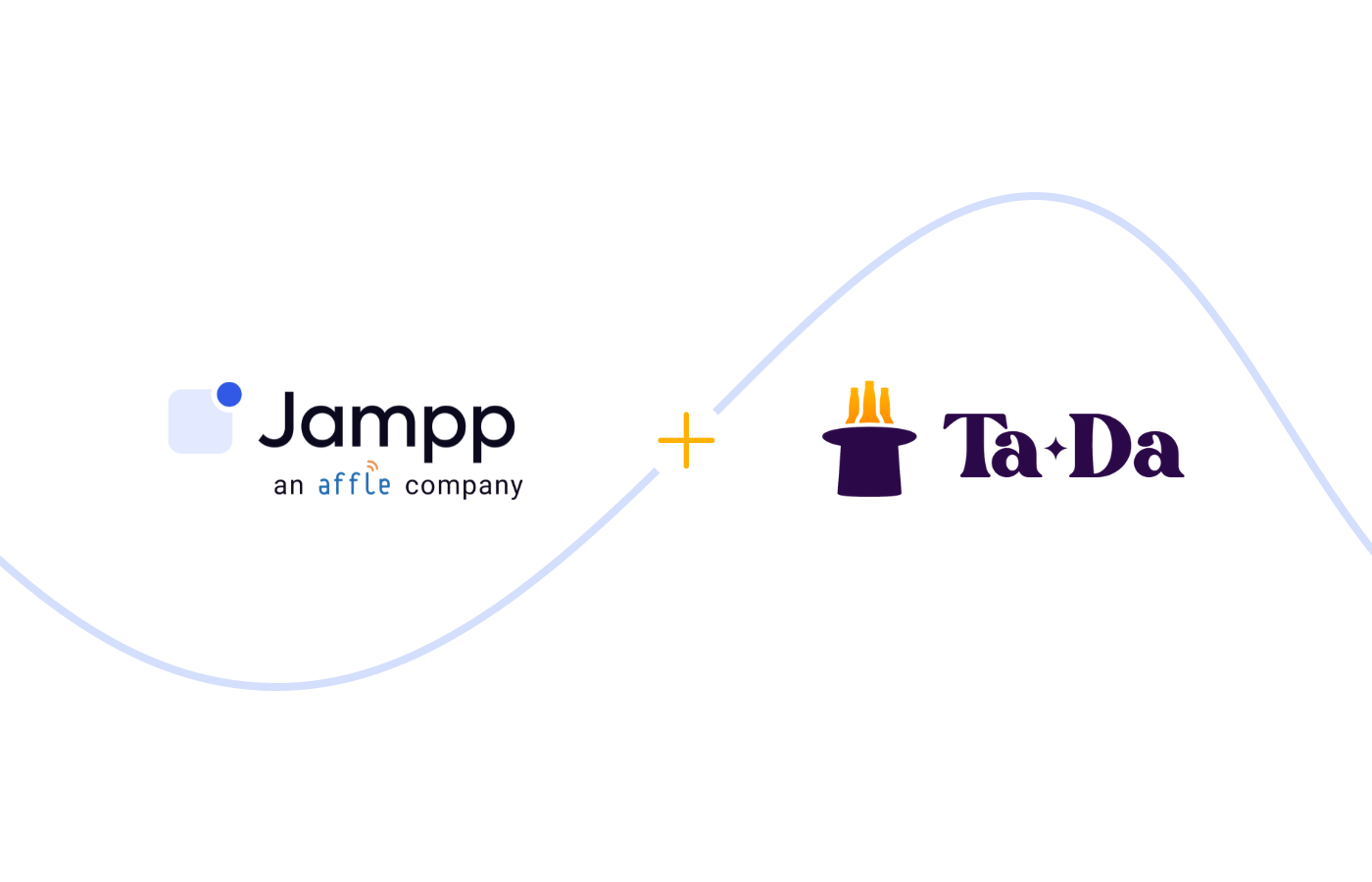How to stop app install fraud and other FAQ
Machine’s founder talks about common misconceptions around mobile ad fraud as well as the importance of focusing on pre-install prevention and effective attribution measurement.
April 22, 2020

Machine’s founder talks about common misconceptions around mobile ad fraud as well as the importance of focusing on pre-install prevention and effective attribution measurement.
Like the mobile advertising industry, ad fraud is constantly changing. It’s important to stay ahead of the game by keeping up to date with new schemes to protect performance from threats such as the cannibalization of organics and fake clicks or installs. At Jampp, we focus on working closely with our partners and customers to actively fight fraud.
We spoke with Gary Danks, founder of Machine Advertising, to answer some of the frequently asked questions about mobile user acquisition ad fraud. Machine is entirely dedicated to stopping app install fraud. Their product is a full-stack solution designed to protect app user acquisition marketing budgets at every stage.

What is the most common question you get regarding ad fraud?
“Who are the bad players?” We work with advertisers and suppliers (Networks, DSPs) and they both want to know who the bad suppliers are. They often ask us about particular suppliers they have suspicions about.
What are the biggest misconceptions around mobile ad fraud?
This could be a very long list. I’ll give you the top 3 most common:
1. “We only pay for the acquisition (CPA), so install fraud doesn’t affect us”. Attribution theft is the most common type of install fraud; this is when a fraudulent player steals the attribution of an install, including organic installs. If they steal an install that hits the acquisition trigger then they get paid the CPA. Clients are often paying for their own organic installs.
2. “We use our attribution platform fraud tool, so we’re protected”. The biggest problem in the industry is wrongful attribution. The fraudsters worked out long ago how to game the attribution model, this is why fraud exists. If you’re only using the attribution platform fraud tool, there’s a lot more fraud than that can be removed on your campaigns.
3.“We only use trusted suppliers”. All suppliers are exposed to install fraud, no matter how much you trust them. Even the cleanest supply sources will have minimum levels of 10% invalid inventory.
There's a lot of information on some fraud schemes, like click injection and click spamming. What are some less discussed fraud schemes marketers should look out for?
We divide install fraud into 3 family categories: Attribution Theft, Install Farms, and Incent Fraud. Each family has several methods. Click injection and click stuffing are methods of Attribution Theft. Each method can have numerous sub-methods. For example, there are over a dozen ways to click stuff. These are the less discussed schemes, but they are deliberately under-discussed, so the fraudsters don’t know that we know.
Do you think there's a link between fraud and mobile marketing pricing models?
Every pricing model is exposed to fraud, but the bigger problem is the attribution models. It doesn’t matter how you buy installs, CPI, CPA, CPC, CPM, it all comes back to last-click or view-through attribution. That’s the weak point being exposed. Use a sophisticated fraud tool and you can use any buying model you want.
What's the best line of defense against ad fraud?
Pre-install prevention. Stopping the fraud from happening at click and impression level (pre-install), is the number 1 best defense. Stopping the bad clicks and impressions from being wrongfully attributed to installs is a game-changer.
How does Machine help with this?
Machine has developed a full-stack product, protecting marketing budgets at pre-bid, impression, click, install, and in-app levels.
Can you tell us a bit more about the Machine Index? How do you calculate it? How does it help App Marketers?
Machine is continuously processing billions of data events from hundreds of app install supply sources. Using this data, we analyze each supplier and rank them based on the quality of their inventory (impressions, clicks, and installs). Given that we were consistently being asked “who are the best suppliers”, we built the User Acquisition (UA) index exclusively for our clients to help them find new high-quality supply partners.
How does Machine work together with the Anti-Fraud tools from the Tracking Platforms?
We work independently of the anti-fraud tools from the attribution platforms.
What actions can app marketers take with their DSPs in case of a high fraud rate?
As discussed earlier, all supply sources are exposed to install fraud, some more than others. DSPs provide a much greater level of transparency than Ad Networks and allow for impression tracking. App Marketers should always use 3rd party impression and click-tracking services.
Wrapping Up
Like Machine, we believe “The more informed you are, the less app-install fraud you’ll be exposed to”. It’s important for marketers to stay informed and vigilant. At Jampp, we work alongside multiple partners to identify and prevent mobile fraud throughout the advertising cycle.
Learn more best practices to fight mobile fraud, or get in touch to chat with someone from our team.
For additional information on Machine Advertising’s services and the state of ad fraud in app user acquisition, visit their blog.
Subscribe to our email newsletter









